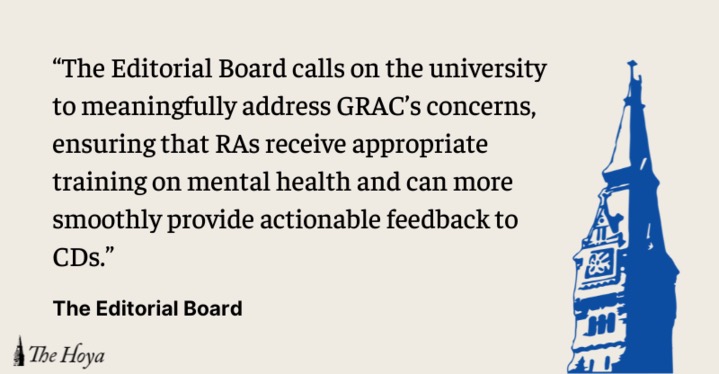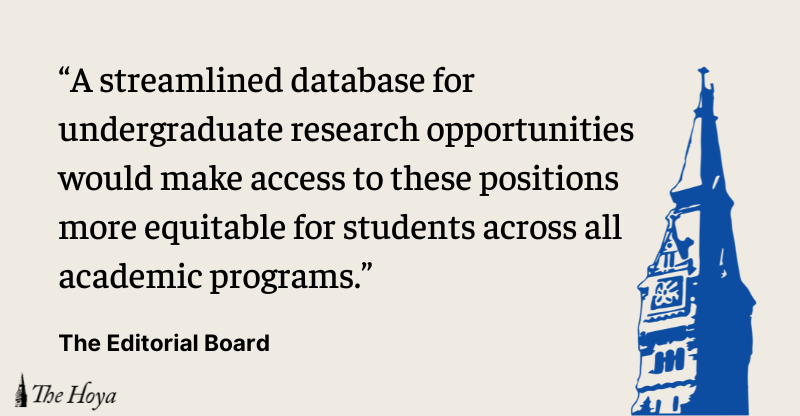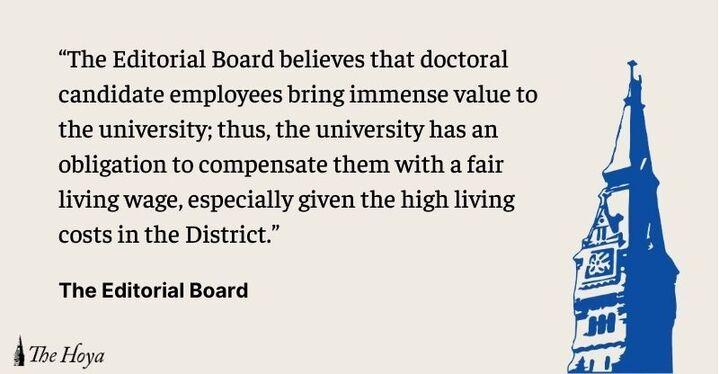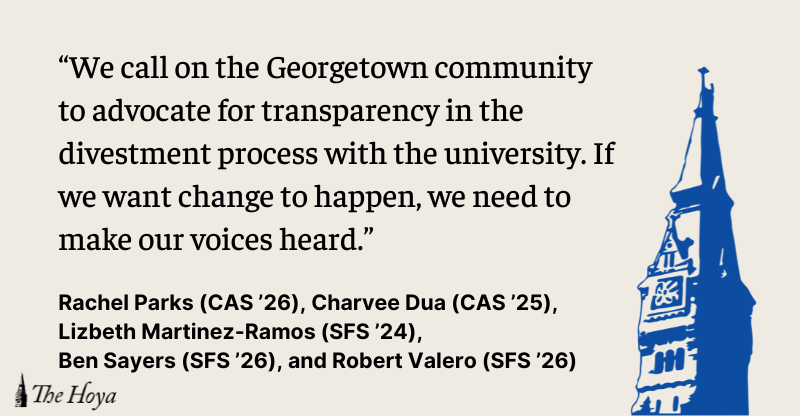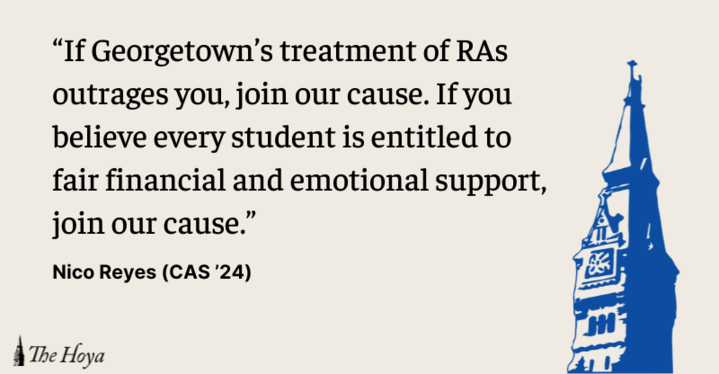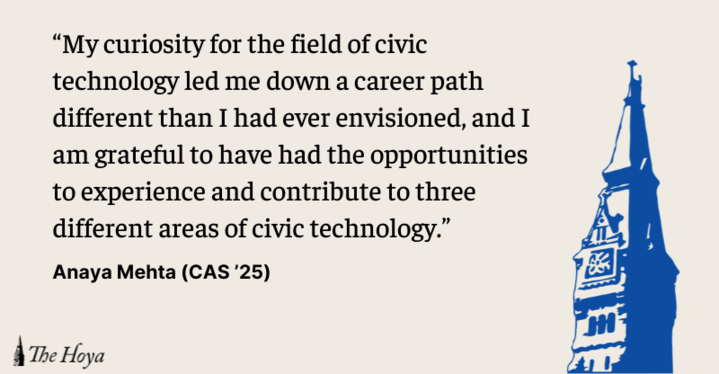A Georgetown education is expensive, and the university needs to do more to help its students deal with the rising costs. The upward trend in tuition costs shows no sign of slowing, and students increasingly rely on loans to finance a substantial part of this cost. Student loans notoriously cannot be easily forgiven — it is only written off if a borrower is deemed physically incapable of working or if the borrower dies (as long as there are no co-signers to the debt).
Thus, Georgetown needs to provide more diverse and innovative options for students burdened with debt. With perceived postgraduation employment rates at a low and student loans at historic highs, students deserve a less restricting option than traditional college debt. One alternative proposed by The Economist is a system in which charitable alumni fund individual students’ cost of attendance, with students paying a prearranged, reasonable percentage of their incomes back to alumni for a fixed number of years. Under this plan, a student would not bear the risk or financial hardship that uncontrollable factors like financial crises may pose.
Georgetown alumni would be given the opportunity to make a direct and tangible impact on students’ educations, obtaining a nice return for their generosity.
This may sound analogous to the stock market, but it does not exactly mirror a market as the measure would be accompanied by stipulations that protect students from the most concerning drawbacks. Specifically, the student would not interact directly with the alumnus who invests in his education, and the alumnus could not influence a student’s academic path, beyond what is initially disclosed at the moment the investment is made. While this system failed at Yale University due to adverse selection, the option proposed here resolves this issue with an equitable spreading of risk.
This means that alumni can pool their money into a fund that collectively pays the cost of tuition for many students. This would ensure that investors don’t exploit students with more profitable career prospects. Such a pool differs from a scholarship since the economic incentive of a return on investment would bring in more money than a standard pro bono scholarship fund. Of course, an office would need to be set up within Student Financial Services to handle origination, manage coordination and disbursement, establish a quota system to limit alumni investments beyond a certain threshold, and handle any ad hoc issues that may emerge.
The university needs to view its current method of educational financing as an opportunity to promote a different kind of cost management beyond its own front gates. Georgetown can set an example and inspire a much-needed conversation about higher education policy in the country by replacing its debt-based loan model by an equity-based debt model.




